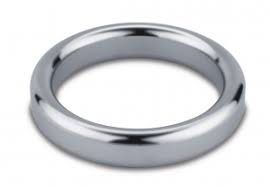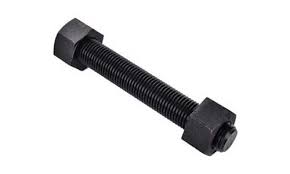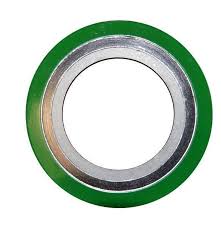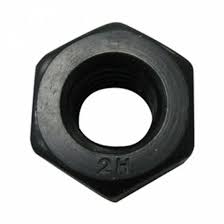SS316 Oval Ring Gasket
SS316 oval ring gasket has unique advantages in some special sealing surface designs. Its oval shape can better adapt to the irregular shape of the sealing surface or achieve effective sealing in a limited space.
Stainless steel 316 oval ring gasket are oval ring gasket made of 316 stainless steel. oval ring gasket are commonly used mechanical parts and are usually placed between the nut or bolt head and the surface of the connected parts to protect the surface of the connected parts, disperse pressure, prevent loosening, and seal. The 316 stainless steel material gives the washers good corrosion resistance, high strength and certain toughness, making them suitable for a variety of different working environments.
SS316 Oval Ring RTJ Gasket Materials and Hardness
A special RTJ gasket comes with a hole in the center for pressure equalization in the subsea pipeline application. You can see the different types of RTJ gaskets in the image below.
SS316 Oval Ring Gasket Equivalent Grades
|
STANDARD |
WERKSTOFF NR. |
UNS |
JIS |
AFNOR |
EN |
BS |
|
SS 316 |
1.4401 / 1.4436 |
S31600 |
SUS 316 |
Z7CND17‐11‐02 |
X5CrNiMo17-12-2 / X3CrNiMo17-13-3 | 316S31 / 316S33 |
SS316 RTJ Gasket Chemical Composition
| CHEMICAL | LIMITS | C | Mn | P | S | Si | Ni | Cr | Mo | N |
|
SS316 |
MIN |
10.0 |
16.0 |
2.00 |
||||||
|
MAX |
0.08 |
2.00 |
0.045 |
0.030 |
1.00 |
14.0 |
18.0 |
3.00 |
0.01 |
Stainless Steel 316 RTJ Gasket Mechanical Property
|
MATERIAL |
T.S (MPA) |
Y.S (MPA) |
EL % |
R/A % |
|
ASTM A182 F316 |
515 min |
205 min |
30 min |
50 min |
Maximum Hardness for Ring Gaskets
A list of materials that can be used for metallic gaskets and the maximum acceptable hardness for these materials is given in ASME B16.20. Refer to the below table for more information.
|
GASKET MATERIALS |
BRINELL HARDNESS NUMBER (max) | ROCKWELL HARDNESS NUMBER -B Scale (max) | IDENTIFICATION |
|
Soft iron |
90 |
56 |
D |
|
Low carbon steel |
120 |
68 |
S |
| 4-6% Chrome 1/2% molybdenum |
130 |
72 |
F5 |
|
Type 410 Stainless Steel |
170 |
86 |
S410 |
|
Type 304 Stainless Steel |
160 |
83 |
S304 |
|
Type 316 Stainless Steel |
160 |
83 |
S316 |
|
Type 347 Stainless Steel |
160 |
83 |
S347 |
| Type 410 Stainless Steel | 170 | 86 |
S410 |
Manufacturing process
Raw material preparation: First, select 316 stainless steel plates or bars that meet the quality standards as raw materials. These raw materials need to undergo strict chemical composition analysis and mechanical property testing to ensure that their quality meets production requirements.
Forming: According to the design size and shape, the raw materials are processed into blanks of oval washers by stamping, cutting and other processes. The stamping process is suitable for mass production and can efficiently produce products with relatively consistent shapes and sizes; the cutting process can accurately cut the required shape by laser cutting, wire cutting and other methods for some special specifications or small batches.
Surface treatment: In order to further improve the corrosion resistance and surface quality of the washers, the formed washers are usually surface treated. Common surface treatment methods include polishing, passivation, etc. Polishing can make the surface of the washers smoother and reduce the adhesion of dirt and impurities; passivation treatment forms a dense oxide film on the surface of the washers to enhance their corrosion resistance.
Quality inspection: During the production process, 316 oval washers need to be strictly inspected for quality. The inspection items include dimensional accuracy measurement, appearance defect inspection, hardness test, chemical composition analysis and corrosion resistance test, etc. Only products that pass various tests can enter the next stage or be delivered to customers for use.




